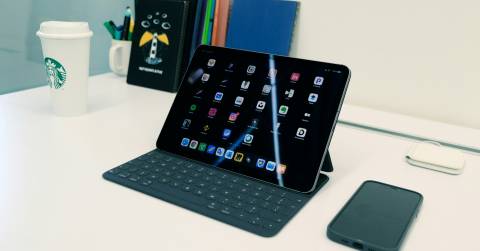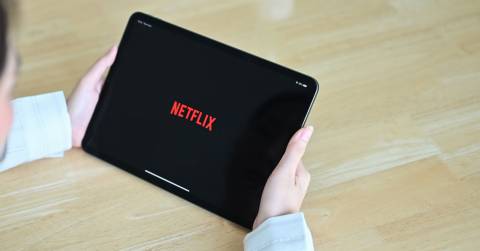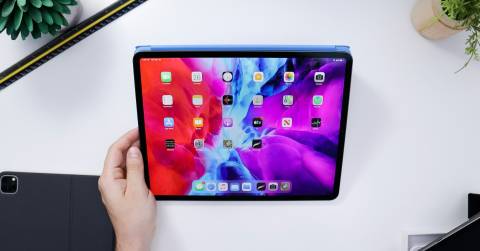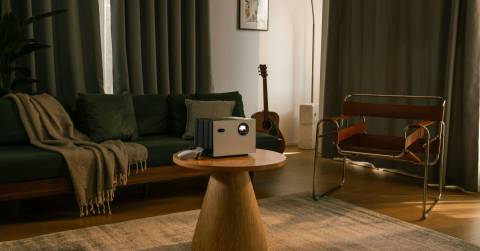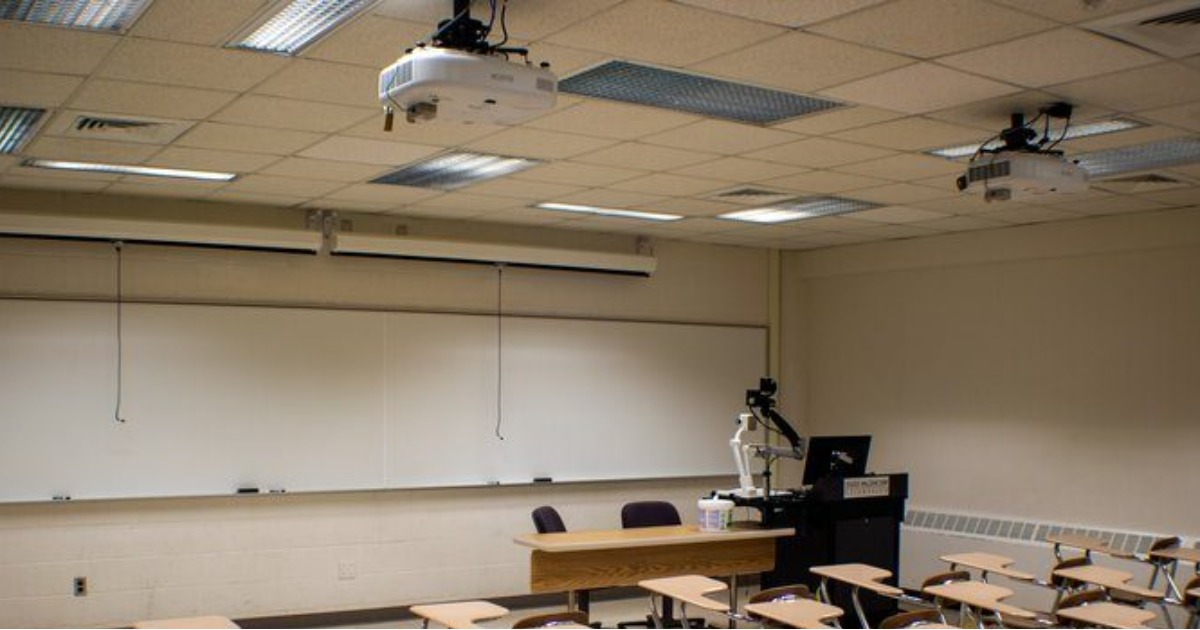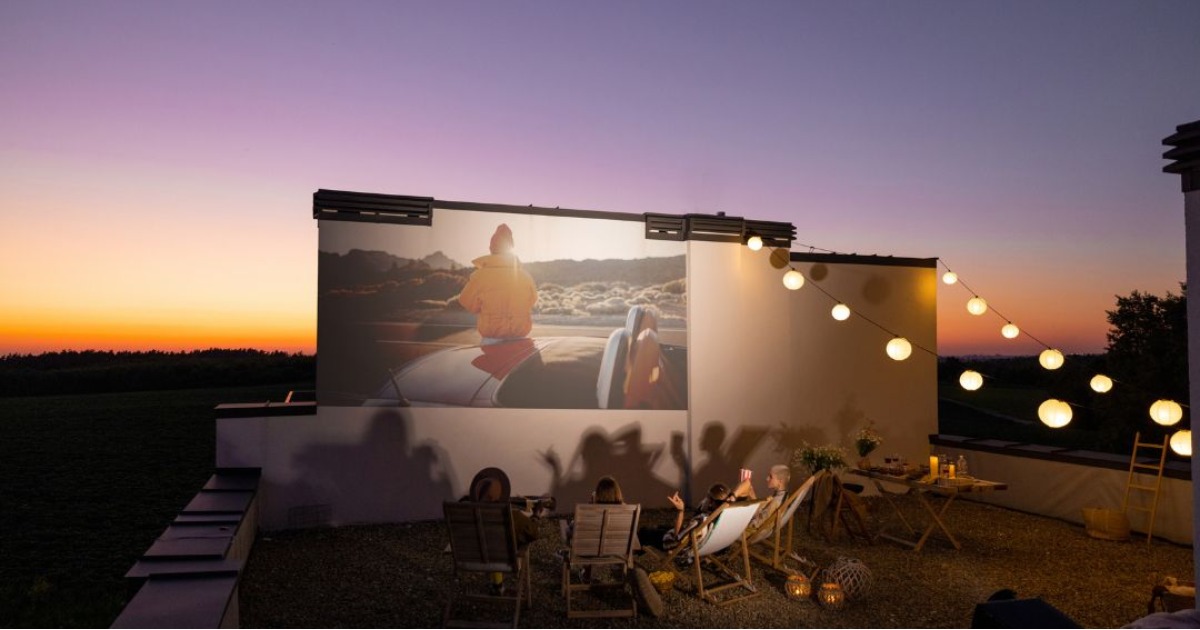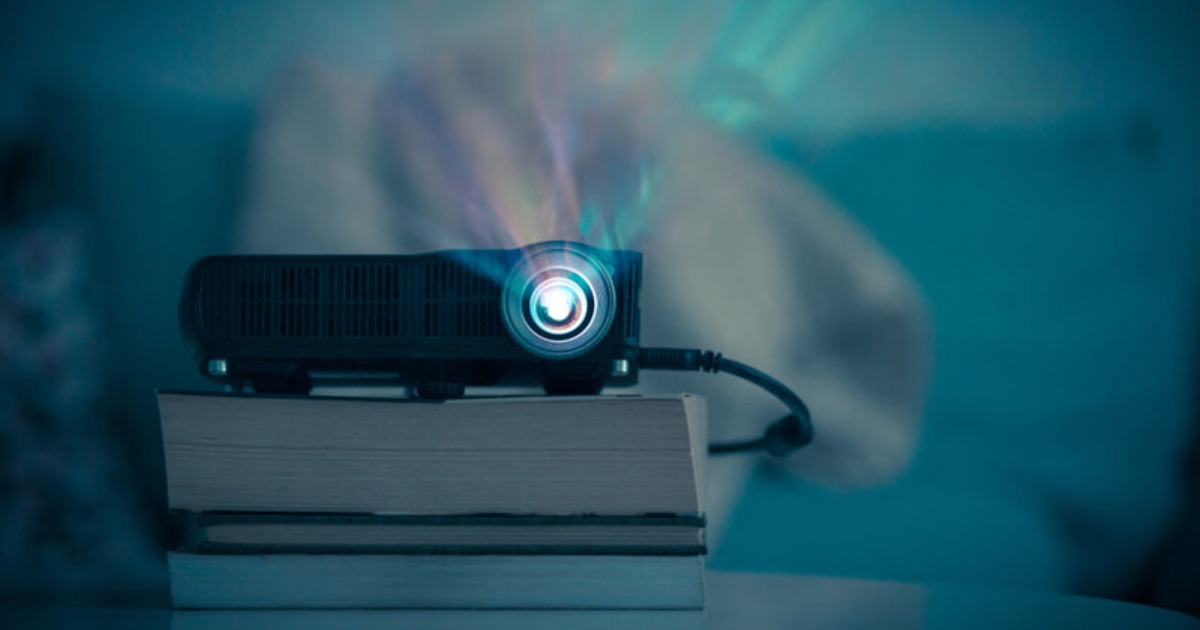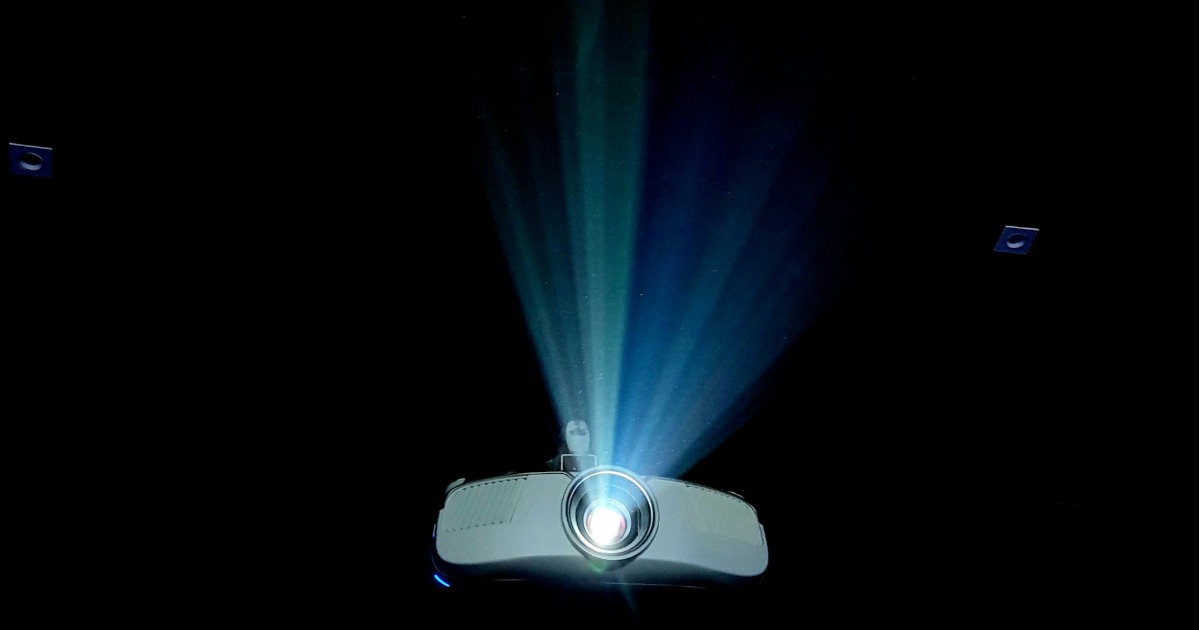The Best Monitor For Large Work Of 2025
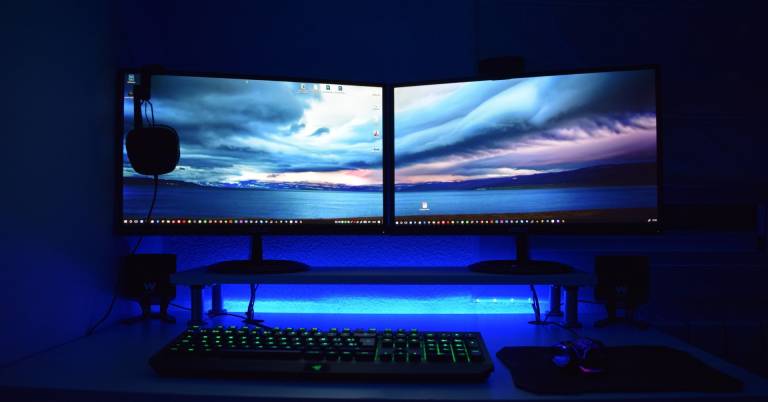
Summary
LG 27US500-W Ultrafine Monitor
Samsung 27" Essential S3 (S36GD) Series FHD
PHILIPS 22 inch Class Full HD
When tackling complex projects, multitasking, or detailed design work, a large monitor can dramatically improve your productivity and comfort. A bigger screen not only allows you to view multiple windows side by side but also reduces the need for constant scrolling, zooming, and switching between applications, making it ideal for professionals, designers, and multitaskers.
Choosing the best monitor for large work involves more than just picking a screen size. Key factors include resolution (4K or higher is ideal for sharp visuals), panel type (IPS for color accuracy, VA for contrast, or OLED for premium visuals), refresh rate, and connectivity options like HDMI, DisplayPort, or USB-C. Ergonomics also matter—a height-adjustable stand, tilt, and swivel features help maintain comfort during long work sessions.
Our top recommendation is the LG 27US500-W Ultrafine Monitor. Its color accuracy and wide viewing angles are ideal for designers and professionals who need precise visuals. In this guide, we’ll explore the best monitors for large work setups, breaking down the top options across various budgets and use cases to help you find the perfect screen for your workspace.
Our Top Picks
4K UHD with vivid color and contrast HDR10 for lifelike visuals Wide viewing angles for collaboration Onscreen Control for multitasking
The stand is not fully adjustable
The LG 27US500-W is a great monitor since it has sharp 4K pictures and many different ways to use it as a workplace. The 1000:1 contrast ratio helps render deeper blacks and more vibrant colors, which is especially helpful when working with detailed imagery or color-sensitive projects. HDR10 and a 90% DCI-P3 color gamut further enhance the visual experience, making photos, videos, and creative designs appear more lifelike.
One of the more practical features is Onscreen Control, which allows you to split the screen, adjust monitor settings, or customize your workspace with just a few mouse clicks. This makes multitasking across multiple apps far easier than juggling windows manually. The wide viewing angles also mean that color and contrast remain consistent even when you’re not looking directly at the screen—useful if you’re collaborating or sharing your work with colleagues.
While the stand allows tilt adjustments, it isn’t fully adjustable for height or swivel, which could be a factor if you need a more flexible ergonomic setup. Despite this, the monitor’s clarity, color performance, and workspace management tools make it a strong option for anyone looking to enhance productivity on a large display.
Curved screen for immersive viewing 100Hz refresh rate for smooth motion Eye comfort technology reduces strain Game Mode and adjustable color settings
Only one HDMI input
The Essential S3 Series catches attention with its curved display, which wraps around your field of vision for a more immersive viewing experience. This design not only makes gaming and movies feel more engaging but also helps reduce distractions on the edges of the screen. The 100Hz refresh rate ensures smooth motion, so fast-paced games, videos, or even quick scrolling through work projects feel fluid without noticeable lag or blur.
Moreover, color and contrast settings that can be changed help bring out important details, even in darker scenes. Game Mode fills the screen instantly to make sure you can see everything in the scene. This makes it easier to stay competitive while enjoying a visually rich experience.
Eye comfort is another benefit. The TÜV-certified technology minimizes blue light and flicker, helping reduce eye strain during long sessions, whether you’re working late or gaming for hours. This monitor is also versatile in connectivity, allowing you to plug in additional devices directly, though it’s worth noting that it only includes a single HDMI input. For most setups, this won’t be a dealbreaker, but it’s something to keep in mind if you have multiple devices to connect.
Crisp Full HD 1920x1080 visuals 100Hz refresh rate for smooth action Adaptive-Sync reduces stutter and tearing Wide 178/178-degree viewing angles
No built-in speakers
Right from the start, the Philips 22-inch monitor makes everyday tasks feel more vibrant. Watching videos, playing games, or even scrolling through documents feels noticeably smoother thanks to the 100Hz refresh rate and Adaptive-Sync technology. The VA panel also helps bring out deep blacks and bright whites, giving images more depth and making colors feel more true-to-life.
Motion in games and fast-moving videos comes through clearly, without noticeable stutter or tearing, which is especially helpful if you plan to use the monitor for casual gaming or high-speed video content. We also appreciated the wide 178/178-degree viewing angles. Colors remain consistent even when looking at the monitor from off-center positions, which is great if you share the screen with a colleague or watch media from different seating angles.
The only minor drawback is that this monitor doesn’t include built-in speakers, so you’ll need external audio for a complete media experience. Beyond that, the Philips 22-inch monitor delivers a strong balance of clarity and consistent visuals, making it a reliable option for everyday use.
27-inch curved screen for immersion 100Hz refresh and 1ms response Built-in speakers for casual audio Vibrant 110% sRGB color coverage
The stand is quite short
The 27-inch curved screen draws you in, making movies, games, or work projects feel more immersive. The 100Hz refresh rate paired with a 1ms response time ensures smooth motion, and Adaptive Sync keeps fast action sequences crisp without noticeable tearing. Colors appear vibrant thanks to 110% sRGB coverage and a 4000:1 contrast ratio, while 16.7 million display colors help content look rich and detailed.
We also noticed the convenience of built-in 2W speakers, which provide decent sound for casual use without needing external speakers. Ports include USB Type-C and HDMI 1.4, giving flexibility to connect multiple devices, and the ultra-thin bezel adds a modern touch while maximizing screen space. The ergonomic tilt range and wide 178-degree viewing angles make the display comfortable for long sessions, whether you’re working or gaming.
While the monitor can still be tilted, the lower height might not suit everyone’s ideal setup, and some users may prefer mounting it via VESA for better positioning. Overall, the SANSUI 27-inch monitor is still a great choice at an appealing price point.
Ultra-fast 180Hz refresh rate 1ms response time for smooth gameplay Shadow Boost enhances dark areas FreeSync delivers tear-free visuals
No HDR support
One of the first things we noticed about the ASUS TUF is how the curved display draws you in. The 23.6-inch 1500R curve creates a more engaging field of view, making fast-paced games feel more cinematic and immersive. Paired with a 180Hz refresh rate and 1ms MPRT response time, motion feels extremely smooth, and even rapid in-game movements appeared crisp without noticeable ghosting.
FreeSync and ELMB SYNC technology also help deliver tear-free gameplay, making it easier to track enemies or action-packed sequences without visual distractions. Shadow Boost even brightens dark areas without washing out bright spots, helping you spot details in shadows while keeping the overall image balanced.
Connectivity is straightforward, with DisplayPort and two HDMI ports letting you hook up multiple devices easily. The included DisplayPort cable and quick-start accessories make setup simple. However, it doesn't support HDR, so color and contrast aren’t as dynamic as on some higher-end displays. Despite this, the ASUS TUF still provides excellent clarity and speed, which are key for gaming performance.
Modern design with ultrathin bezels Vibrant IPS colors, wide viewing angles Built-in dual 5W speakers Ergonomic adjustments for comfort
Instructions could be clearer
The Dell S2425HS catches the eye with its modern, lifestyle-inspired design. The ultrathin bezels make the display feel larger, helping you stay focused on content without visual clutter. Colors are consistently vibrant across wide viewing angles, thanks to the In-plane Switching (IPS) panel and 99% sRGB coverage, making it a solid choice for both productivity and multimedia tasks.
Furthermore, the integrated dual 5W speakers provide clear audio for videos, calls, or casual gaming. Adjustable audio profiles and a customizable option let you fine-tune sound depending on the activity. Connectivity is simple and flexible, with dual HDMI ports, easy side access for secondary connections, and a thoughtful cable management system that keeps the desk neat.
Comfort is another area where this monitor excels. Tilt, swivel, pivot, and height adjustments allow for an ergonomic setup, and the TÜV Rheinland 4-star eye comfort certification plus ComfortView Plus technology help reduce blue light exposure and eye fatigue. The 100Hz refresh rate delivers smoother motion, which is ideal for casual gaming or fast-moving video content.
The only drawback we found is the instructions, which could be clearer during setup. Beyond that, the Dell S2425HS balances design and eye-friendly features, making it a strong choice for everyday use.
IPS panel with accurate colors 27-inch Full HD display Energy-efficient design VESA-compatible and tiltable stand
Setup can be a bit tricky
The Amazon Basics IPS Monitor feels like a dependable addition to any workspace. The 27-inch IPS panel delivers sharp 1080p resolution and consistent colors even when viewed from off-center angles, which is particularly helpful for collaborative work or when multiple people are sharing the screen. We found that images, documents, and videos all appear clear and vibrant, making it versatile for both professional and casual use.
Connectivity is extensive, including VGA, HDMI, DisplayPort, and multiple USB ports. This makes it easy to connect laptops, desktops, or peripherals without constantly swapping cables. The stand tilts between -5 and 20 degrees, allowing you to find a comfortable viewing angle, and the monitor is VESA-compatible if you prefer a wall-mounted setup. Its Energy Star certification also means it meets energy efficiency standards, which is a nice bonus for longer workdays.
The only drawback we noticed from research and user feedback is that the initial setup can be a bit tricky. Attaching the stand or aligning cables may take some patience, but once it’s set up, the monitor functions reliably.
More To Consider
Ultrawide 34-inch curved display 180Hz refresh rate for smooth motion WQHD resolution with sharp detail Low blue light reduces eye strain
Colors on PS5 can appear slightly darker
The Alienware 34 immediately impresses with its ultrawide 34-inch display. The 1500R curve makes the screen feel more enveloping, and we noticed that this design draws you into games, whether you’re scanning vast open-world maps or focusing on fast-paced action. The WQHD resolution ensures that details remain crisp across the screen, giving a sense of depth and scale that smaller monitors can’t match.
Performance-wise, this monitor excels. With a 180Hz refresh rate, 1ms gray-to-gray response time, and support for AMD FreeSync Premium and VESA Adaptive Sync, motion is smooth and nearly blur-free. Colors pop with 95% DCI-P3 coverage, and the VESA DisplayHDR 400 certification enhances brightness and contrast for striking visuals. The low blue light mode also helps during extended gaming sessions, making it easier to stay comfortable without losing color accuracy.
One minor downside is that colors on the PS5 can appear slightly darker than expected. Still, it’s a compelling option for gamers who want both expansive screens and fluid gameplay without compromise.
What to Look For in a best monitor for large work?
The best monitor for large work is assessed based on many factors. best monitor for large work research varies depending on the type, feature, and quality of this product. It is not too complex to cover, yet we will give you some buying guide and solutions to these problems.
Please take a closer look at best monitor for large work characteristics below would be beneficial for you. Let’s look through and keep in mind:
Screen Size
Panel Type
Connections
Resolution
Aspect Ratio
Response Time
Brightness
Refresh Rate
FAQs
Are curved monitors better for large work setups?
Yes, curved monitors can enhance immersion and reduce eye strain on ultrawide displays by keeping the edges of the screen closer to your natural field of view.
What panel type is best for productivity and design work?
IPS panels offer the best color accuracy and wide viewing angles, making them ideal for design, photo editing, and multitasking. VA panels are better for contrast-heavy work, while OLED delivers premium visuals for creative professionals.
What connectivity options should a large work monitor have?
Look for monitors with multiple inputs like HDMI, DisplayPort, and USB-C. USB-C is especially useful for laptops, as it can transmit video, data, and power through a single cable, reducing clutter on your desk.













